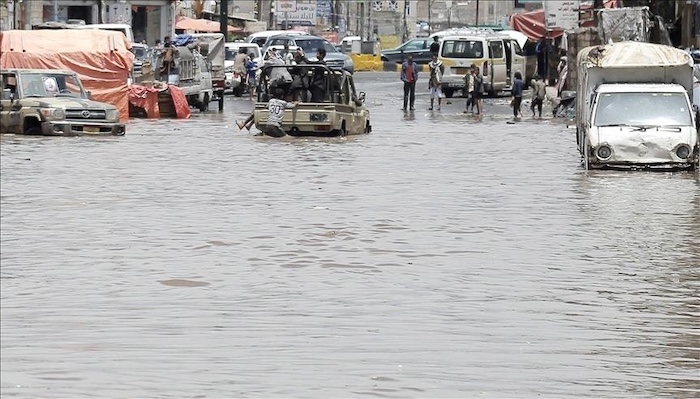Alt text should read: “Eastern Cape floods aftermath”
Eastern Cape floods have claimed at least 49 lives in one of the most destructive weather events to hit South Africa’s Eastern Cape region in decades. Torrential rain, powerful winds, and even snowfall triggered flash floods early Tuesday, leaving entire communities displaced and major infrastructure damaged across affected towns like Mthatha.
Casualties and dramatic rescues
Among the confirmed fatalities are six high school students whose bus was swept away near a swollen river. Emergency crews located the submerged vehicle on Wednesday, but it was empty. Tragically, all six students and two adults aboard perished. Three students were rescued clinging to nearby trees, while four remain missing. Rescuers are scouring the area in hopes of finding them alive.
These heartbreaking incidents underscore the severity of the Eastern Cape floods, which disrupted hundreds of families and overwhelmed local emergency services.
Infrastructure crippled by Eastern Cape floods
The rains have destroyed over 58 schools and damaged 20 hospitals. Numerous homes especially in informal settlements—were washed away or submerged. Floodwaters and debris have blocked roads, making rescue and aid delivery increasingly difficult. Communities in Mthatha, Lusikisiki, and Ngqeleni remain cut off, with damaged bridges posing serious challenges.
Government and disaster relief efforts
Eastern Cape Premier Oscar Mabuyane visited affected areas on Wednesday, offering condolences and coordinating relief efforts.
“We are on the ground assessing damage to support rescue efforts and comfort affected families,” said Mabuyane. “Please follow guidance from local disaster management teams.”
Emergency shelters are currently housing hundreds of displaced residents. Medical teams are working to prevent outbreaks of waterborne illnesses in flooded settlements.
Climate impacts and future warnings
Climate experts warn that extreme weather events like the Eastern Cape floods are rising globally due to climate change. According to the South African Weather Service, similar severe storms may become more frequent without measures to strengthen infrastructure and improve early-warning systems.
How you can help
Relief organizations are requesting donations of water, non-perishable food, blankets, and hygiene supplies. You can support affected communities through reputable groups like South African Disaster Management, which coordinates donations and media awareness efforts.
Table of Contents
Internal Resources
-
Follow updates from our Disaster Relief Desk
External Links
South African Weather Service – flood warnings
Global climate trends and extreme weather (DoFollow)


